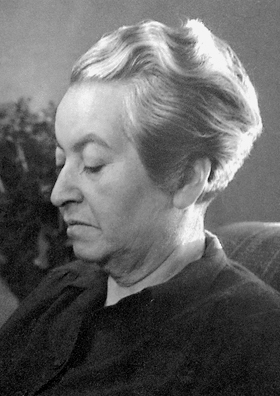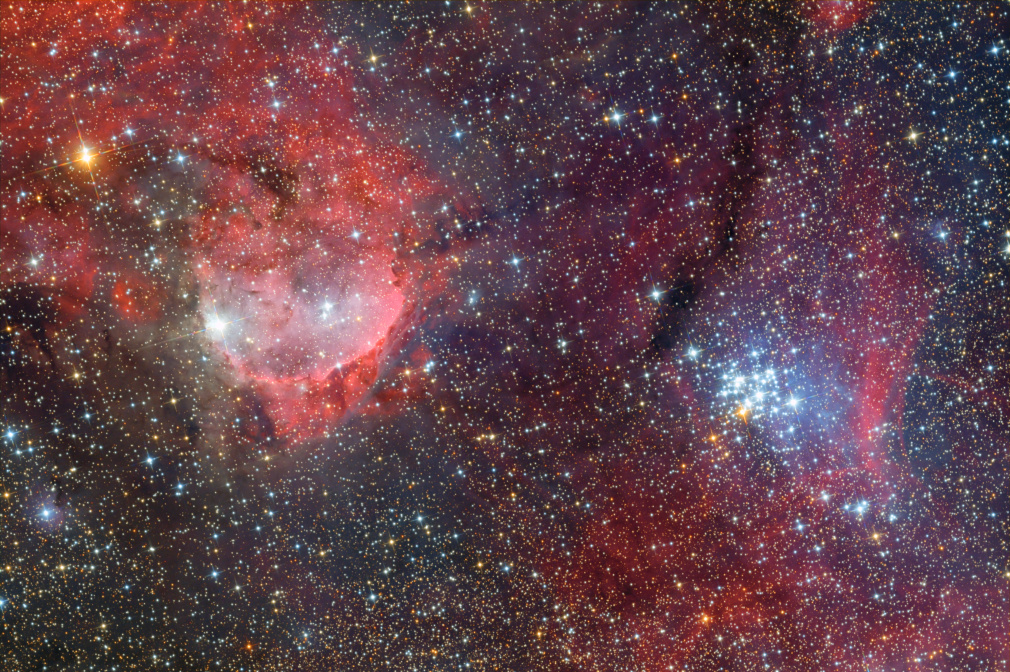IC 2599 is not a catchy name for an emission nebula, so amateur astronomers had to come up with a much better idea.
 IC 2599 (also known as Gum 31) is an emission nebula in the constellation of Carina in the southern hemisphere. Its distance from Earth is about 7500 light-years. Like most of the emission nebulae, IC 2599 too has an open cluster of young stars associated with it. NGC 3324, the open cluster was discovered in 1826 by the Scottish astronomer James Dunlop, who also discovered the Centaurus A radio galaxy, NGC 5128. The stars in NGC 3324 were formed from the material of the emission nebula. The nebula itself is part of the Eta Carinae complex.
IC 2599 (also known as Gum 31) is an emission nebula in the constellation of Carina in the southern hemisphere. Its distance from Earth is about 7500 light-years. Like most of the emission nebulae, IC 2599 too has an open cluster of young stars associated with it. NGC 3324, the open cluster was discovered in 1826 by the Scottish astronomer James Dunlop, who also discovered the Centaurus A radio galaxy, NGC 5128. The stars in NGC 3324 were formed from the material of the emission nebula. The nebula itself is part of the Eta Carinae complex.
The other cluster in the image (on the right) is NGC 3293, discovered by Nicolas Louis de Lacaille French astronomer around 1751-1752. The cluster has more than a hundred members, most of them are young, hot, blue stars, accompanied by some older ones which are much cooler, therefore more red. The brightest members are just barely visible by the naked eye. The nebula around this cluster is Gum 30, unfortunately too dim to be listed in NGC or IC.
The shape of the prominent wavefront in IC 2599 looks like a contour of a human face with high forehead (looking downwards in the image). It remarkably resembles the portrait of Lucila Godoy Alcayaga Nobel Prize winning Chilean poet, who is more known by her pseudonym: Gabriela Mistral. In 1945 she received the Nobel Prize in Literature "for her lyric poetry which, inspired by powerful emotions, has made her name a symbol of the idealistic aspirations of the entire Latin American world".
